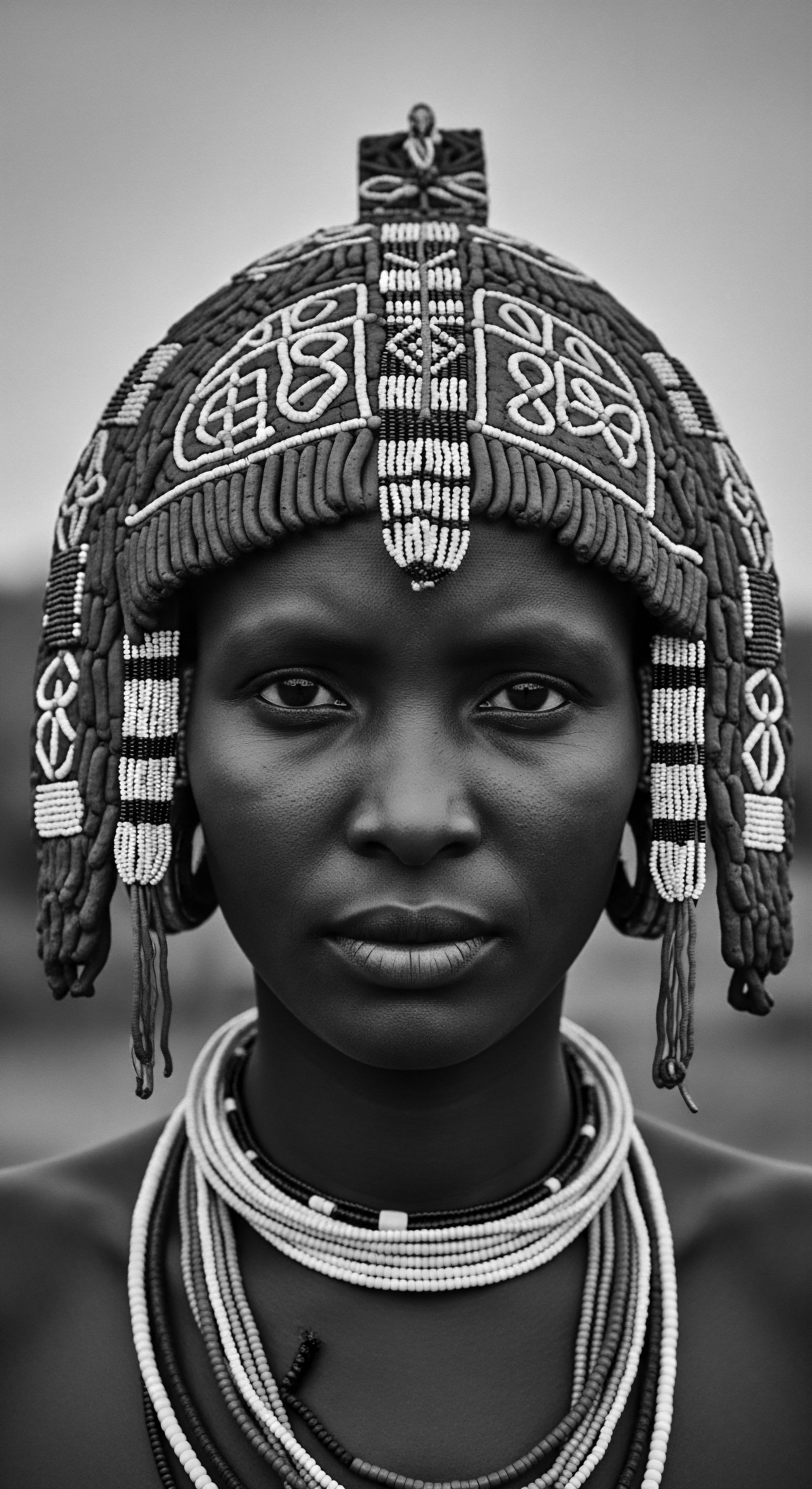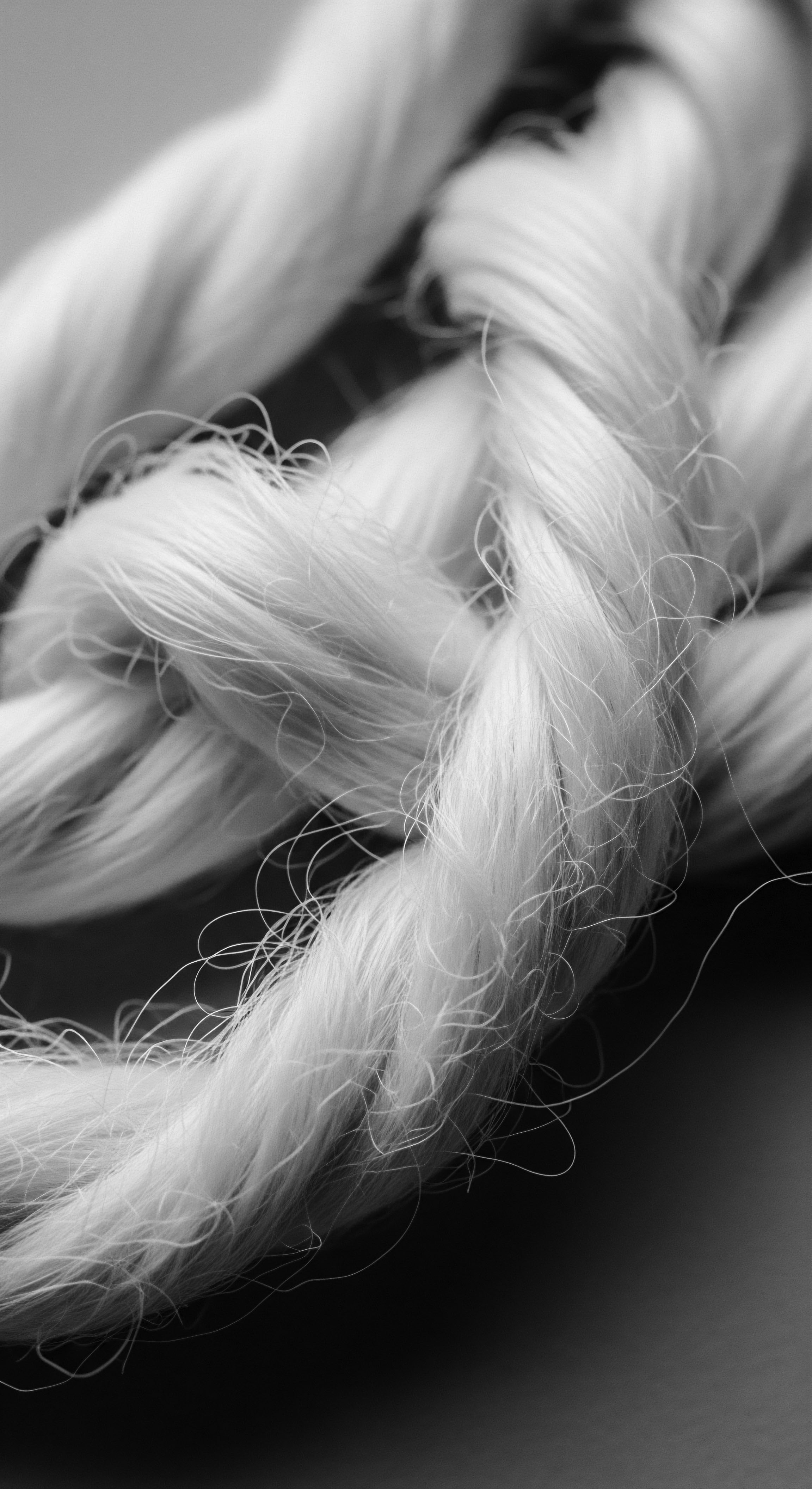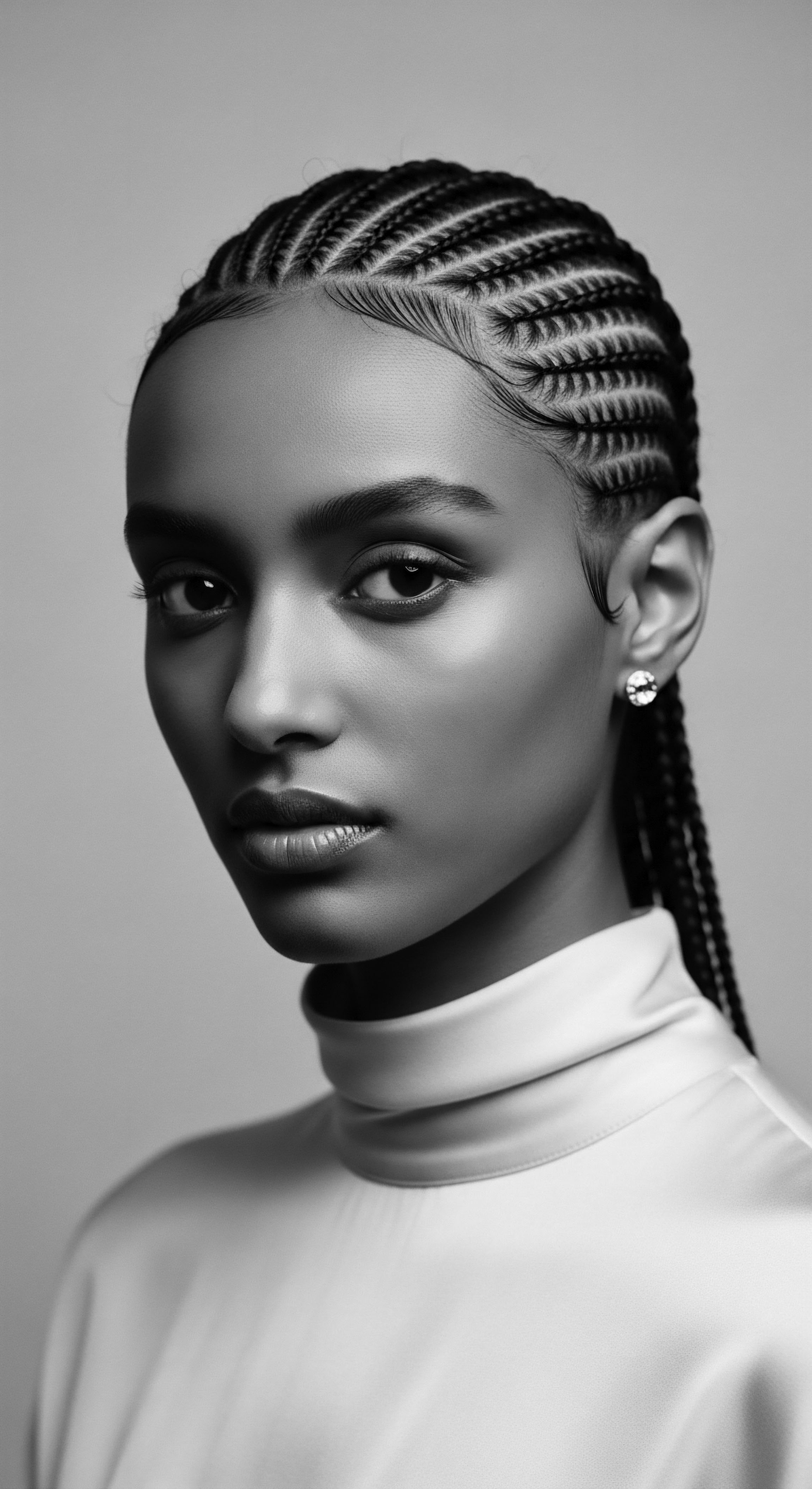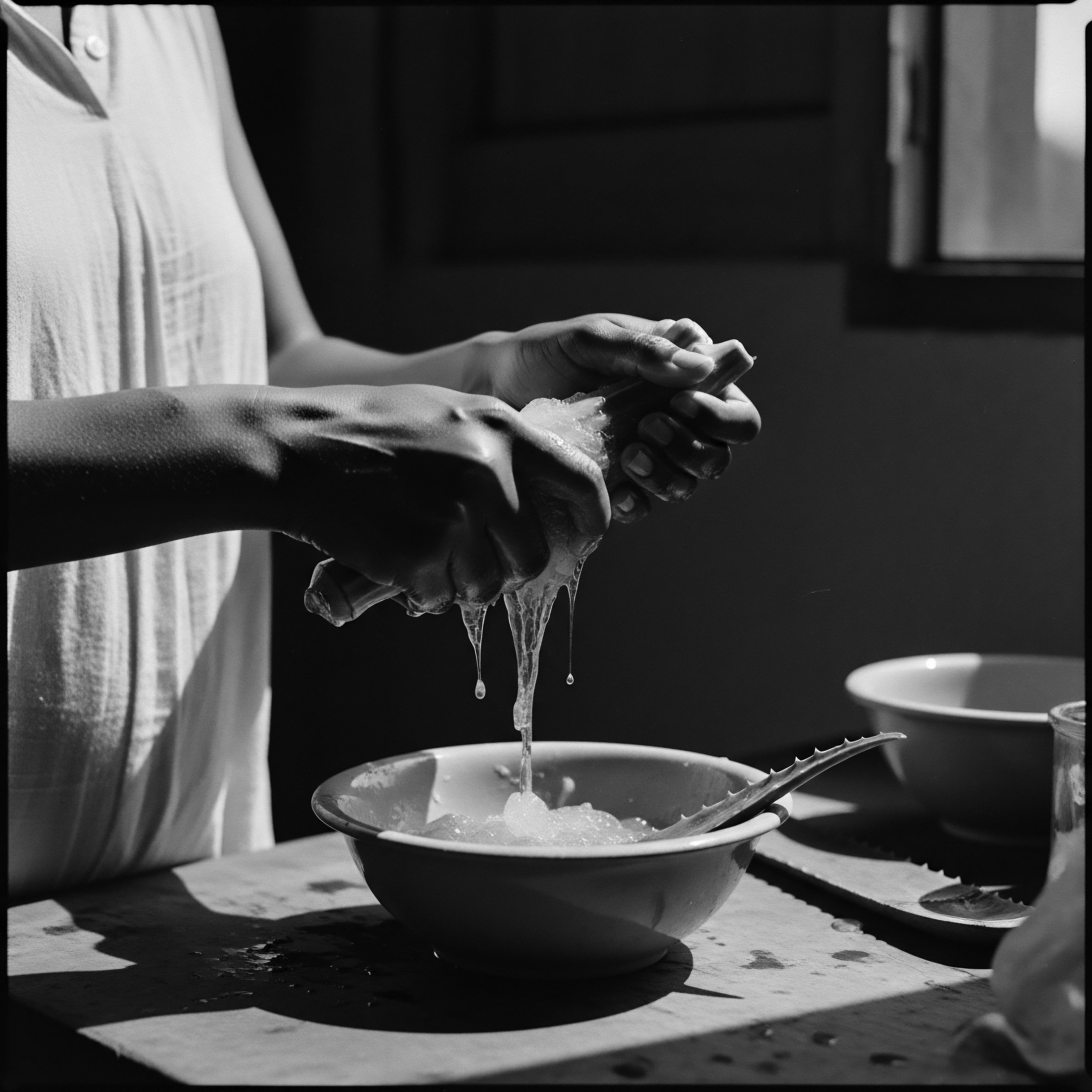
How did head coverings safeguard hair health and cultural heritage during sleep?
Head coverings protect textured hair during sleep by reducing friction, retaining moisture, and preserving intricate styles, a practice deeply rooted in ancestral heritage.

What scientific principles validate traditional sleep coverings for textured hair health?
Traditional sleep coverings validate textured hair health by reducing friction, retaining moisture, and preserving ancestral styling.

What ancestral sleep practices continue to shape modern textured hair care?
Ancestral sleep practices, rooted in hair protection and cultural identity, continue to shape modern textured hair care.

How do sleep coverings connect to textured hair ancestry?
Sleep coverings connect to textured hair ancestry by continuing ancient practices of friction reduction and moisture preservation, rooted in generations of cultural care.

Why are smooth sleep surfaces beneficial for textured hair?
Smooth sleep surfaces preserve textured hair’s integrity, a benefit echoing ancestral practices that intuitively minimized friction and retained moisture.

